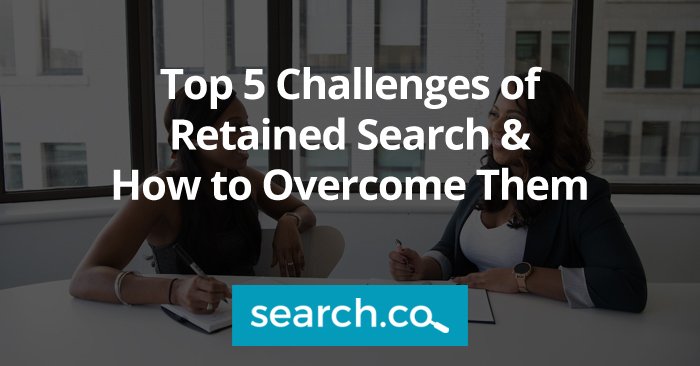C-Suite Succession
C-suite succession planning is a complex and delicate process that requires careful consideration and execution. We can help you avoid common pitfalls and identify executive candidates who will help take your business to a higher level. In addition, we work to keep runners-up motivated and productive members of your leadership team.
1
Preemptively Plan for Leadership Risks
When it comes to succession planning, many companies focus solely on the CEO position. But what happens when a company’s C-suite is suddenly faced with a leadership vacuum?
2
Track Internal Rising Talent
Succession planning is not just about finding someone to fill a role when the current incumbent leaves or retires. It's also about making sure you have a pipeline of future leaders who are prepared to step into roles as they become available.
3
Provide a Stellar Experience for Candidates
When it comes to recruiting for C-suite positions, the process can be daunting and filled with potential pitfalls. In order to ensure a successful outcome, it’s important to take the time to craft a well-executed plan that will attract top talent.
4
Decision Making Backed by Process & Data
When it comes to making decisions, the C-suite of any company relies on a mix of data and intuition. After all, they are the ones who are responsible for the overall direction of the company and need to make sure that it is heading in the right direction. However, relying too much on either data or intuition can lead to problems.
55%
Of all leaders questioned, 55% claimed that the lack of key talent was one of their top threats- which they feel least prepared to address.
65%
A willingness to switch employers is possessed by 65% of global executives.
62%
A staggering 62% of global executives think that their company does not have a solid strategy set in place for when the current C-suite members retire or move on.
C-suite succession and transition can be risky. A thoughtful approach and careful handling is required to avoid potential pitfalls. We can help you find executives who are a good fit for your organization and ensure that those who are not chosen for the top spot remain committed and contributing members of your team.
It is crucial for executive teams to understand their organizational structure inside and out, including who reports to whom, how authority flows between levels and where room for improvement lies. Implementing this design will make the organization more agile, resilient, and successful. Incorporating future competency mapping into the current design will help guarantee long-term success.
The board of directors is primarily responsible for the development and eventual implementation of a “Leadership Model” that must be concurrent with any changing organization strategic or financial goals. This model should target the needed skill sets for every position and team, while being updated on a regular basis to answer changes in both the market and organization.
Any company will benefit hugely from succession planning for their C-suite executives. The CEO should have a constantly updated database of information on all leaders in the company, from upper management to middle managers. This collection should include position descriptions, spans of control, leadership work history, age range, retirement plans, and performance and development priorities.
To keep good executives and encourage great teamwork and strategic thinking, boards of directors need to invest in leadership development activities. These activities can help leaders and teams grow and develop their skills. However, many boards of directors make the assumption that because they hired a great CEO, that person will be able to stay at the top of their game forever without any additional support or growth. However, as the pressures on CEOs continue to mount, this is no longer a tenable strategy. To attract and retain world-class leaders, boards need to set funds aside for initiatives aimed at developing the talent of executives throughout all levels of the organization. These leadership development activities might be done internally but could also necessitate working with external partners such as accredited colleges and universities or executive coaching firms.
Maintaining a good relationship with an executive search organization ensures that you are always in-the-know about the best ways to recruit, compensate and develop executives. In turn, this minimizes disruptions caused by leader changes and increases the likelihood of finding a strategic fit for incoming leaders.
It is important to have conversations and debates amongst leaders in order to develop a stronger leadership team. This should include involvements from board members, executive human resource members, and medical staff leaders. This will help create a healthy and successful environment.

Top 5 Challenges of Retained Search & How to Overcome Them
Retained search is a process where an organization retains the services of an executive search firm to find and recruit both active and passive candidates

18 Methods for Vetting Executive Leadership
Vetting executive leadership is a critical process for any organization. CEOs and other top senior executives wield a lot of power in organizations, so it’s
Partners in Possibility
Get in touch to discover how we can help bring the future into focus – for you, your people, and your business.











